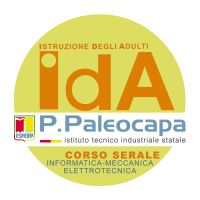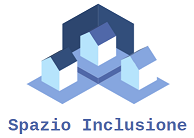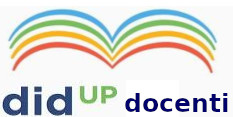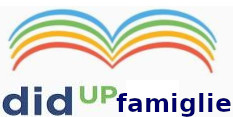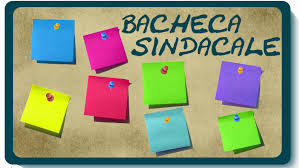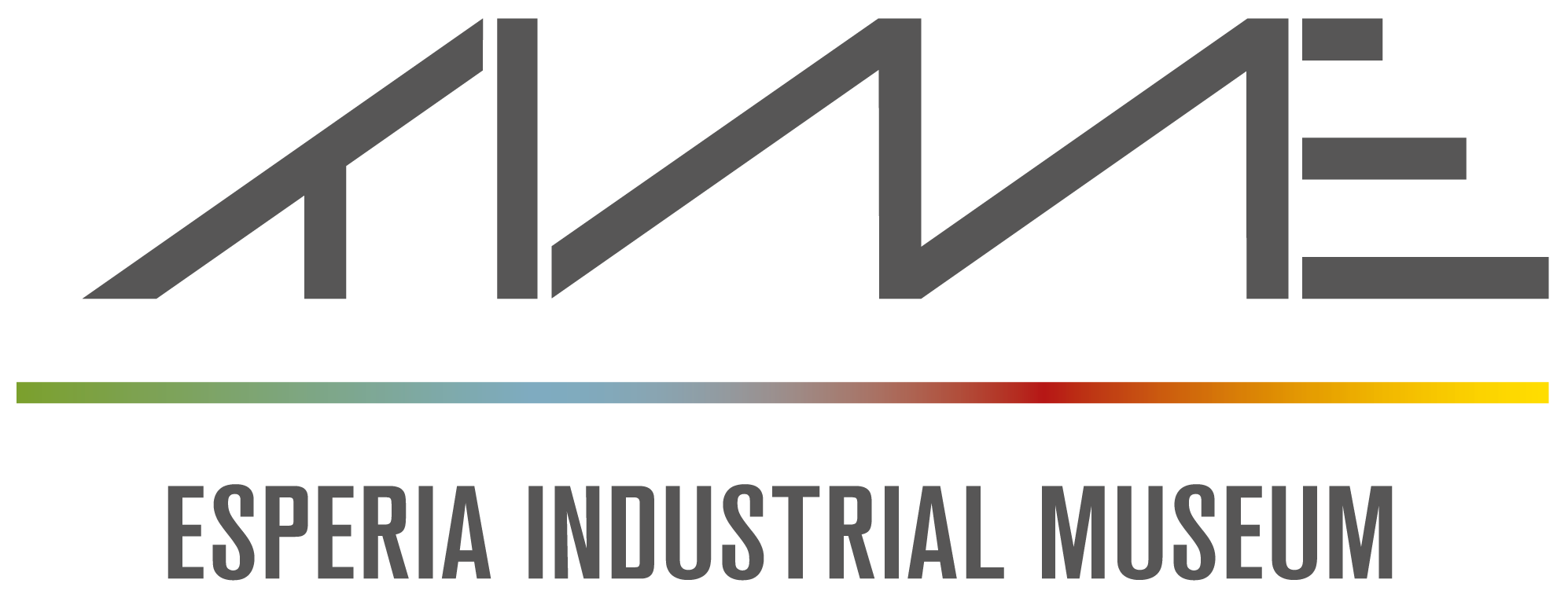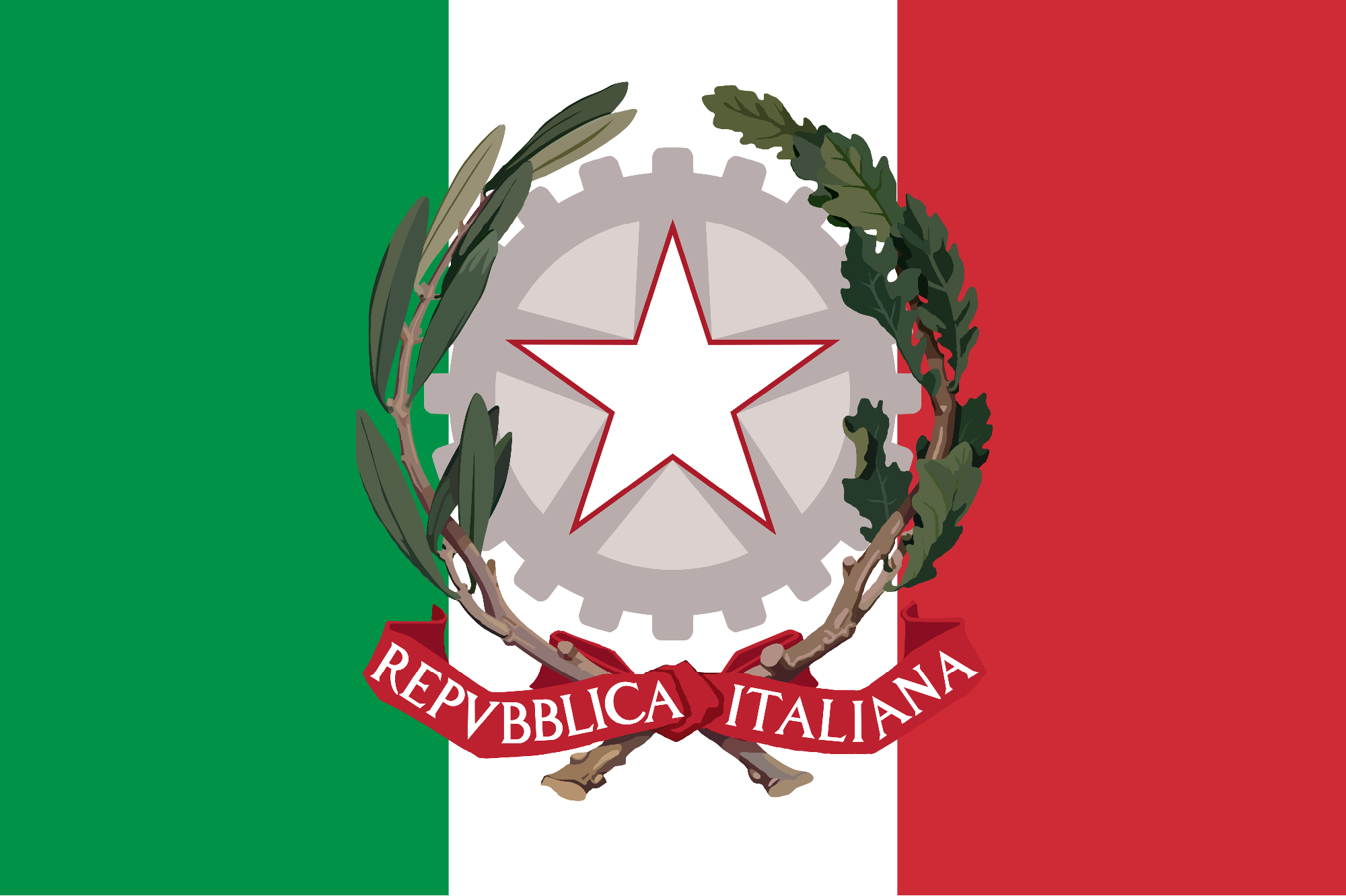A fresh look towards Europe
Progetto di mobilità internazionale del personale scolastico
Scheda di mobilità
torna all’elenco delle mobilità
| nominativo | Antonella Gualteroni | |
| funzione | docente di Informatica | |
| nazione | città | Cheltenham – Inghilterra | |
| periodo | 03/09/2016 – 11/09/2016 | |
| ente ospitante | Internationa Study Programmes | |
| oggetto | C.L.I.L. – Methodology and Language for Teachers who teach Science or Maths or Technical subjects “Bilingually” in English | |
| descrizione | ||
in italianoIl gruppo presente al corso era costituito da 19 allievi di cui 9 italiani, 1 ungherese, 2 spagnoli, 1 francese, 3 austriache e 3 tedeschi. Il corso è stato introdotto e condotto nei primi giorni dalla Dr.ssa Diane Hicks, esperta in pedagogia, educational consultant e EU teacher trainer, che ha illustrato come si debba svolgere una lezione CLIL. Ha ribadito più volte che la “I” presente nella parola CLIL sta per “Integration”: la lingua inglese e la lingua madre, tramite l’applicazione delle metodologie didattiche, devono cooperare per rafforzare le competenze della L1 e per migliorare l’apprendimento della L2. Nella lezione CLIL è importante lavorare sulle BICS (basic interpersonal communication skills) abilità comunicative riferite al parlato, non sul CALP (cognitive academic language proficiency), abilità prevalenti nello scritto. Nel CLIL non è richiesto che il docente insegni la lingua attraverso i contenuti, ma piuttosto li approcci mediante l’uso della lingua inglese, utilizzando supporti grammaticali già in possesso degli alunni e integrandoli con i termini specifici della materia. E’ quindi importante saper utilizzare strutture linguistiche basilari nella produzione scritta ed orale e saper sfruttare le forme idiomatiche in “chunks” nella composizione delle frasi. Altre lezioni sono state tenute dal Prof. Graham Workman che ha posto l’attenzione sull’aspetto strettamente linguistico, approfondendo il lessico relativo alle discipline scientifiche e tecniche, proponendo degli esercizi di pronuncia e insistendo sulla metodologia che prevede “Communicative activities”, “Task-based learning” e “Scaffolding Language”. Ha inoltre fornito delle utili indicazioni pratiche e degli esempi per la crezione di materiale didattico CLIL nell’ambito matematico e scientifico. Le lezioni hanno sempre previsto esercitazioni pratiche e lavori di gruppo e hanno anche offerto occasioni di scambio e confronto sulle proprie esperienze didattiche. Gli argomenti del corso sono:
foto di gruppo
in englishThe group present at the course consisted of 19 students, including 9 Italians, 1 Hungarian, 2 Spaniards, 1 French, 3 Austrian and 3 Germans. The course topics are:
|
||




